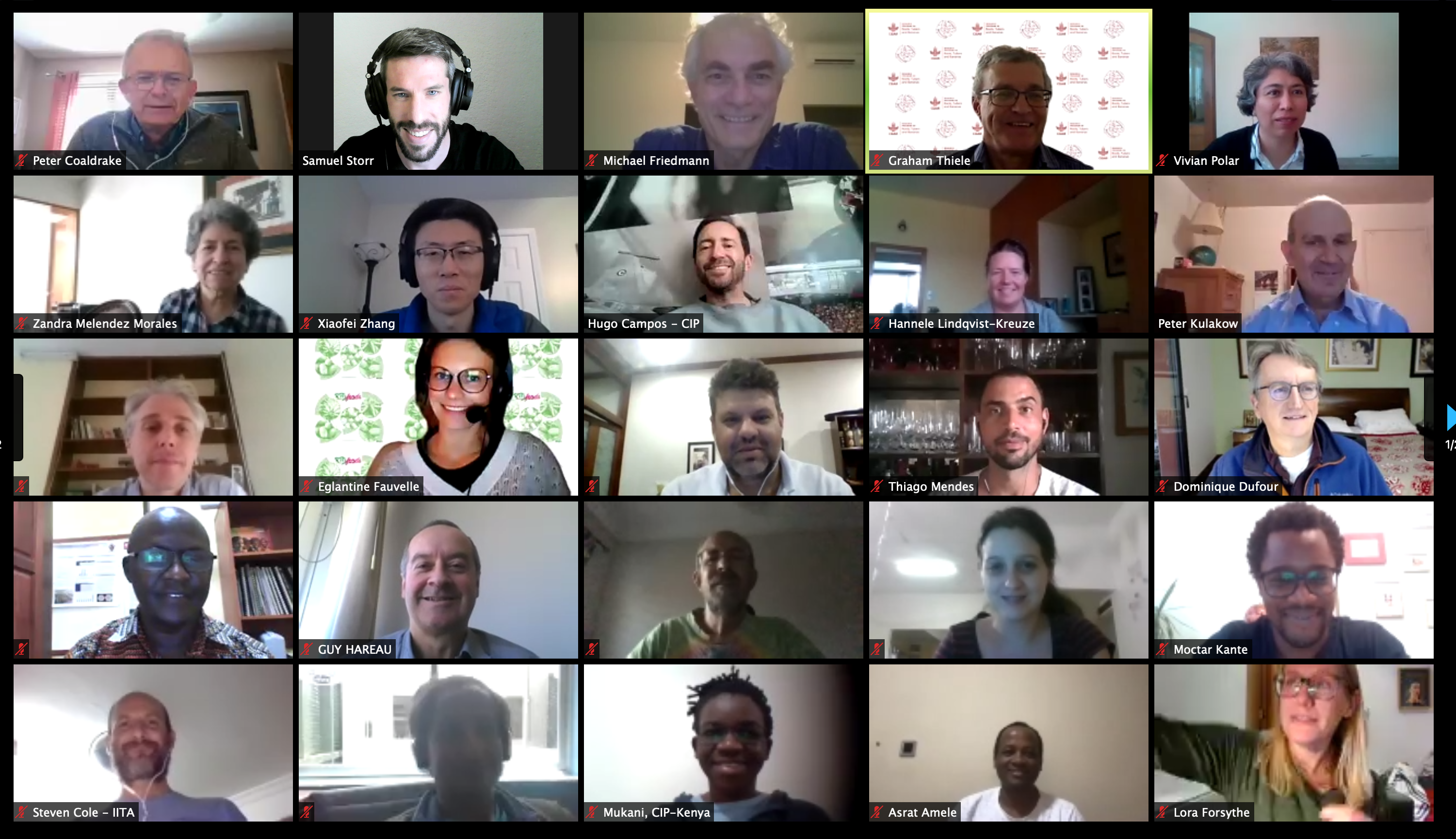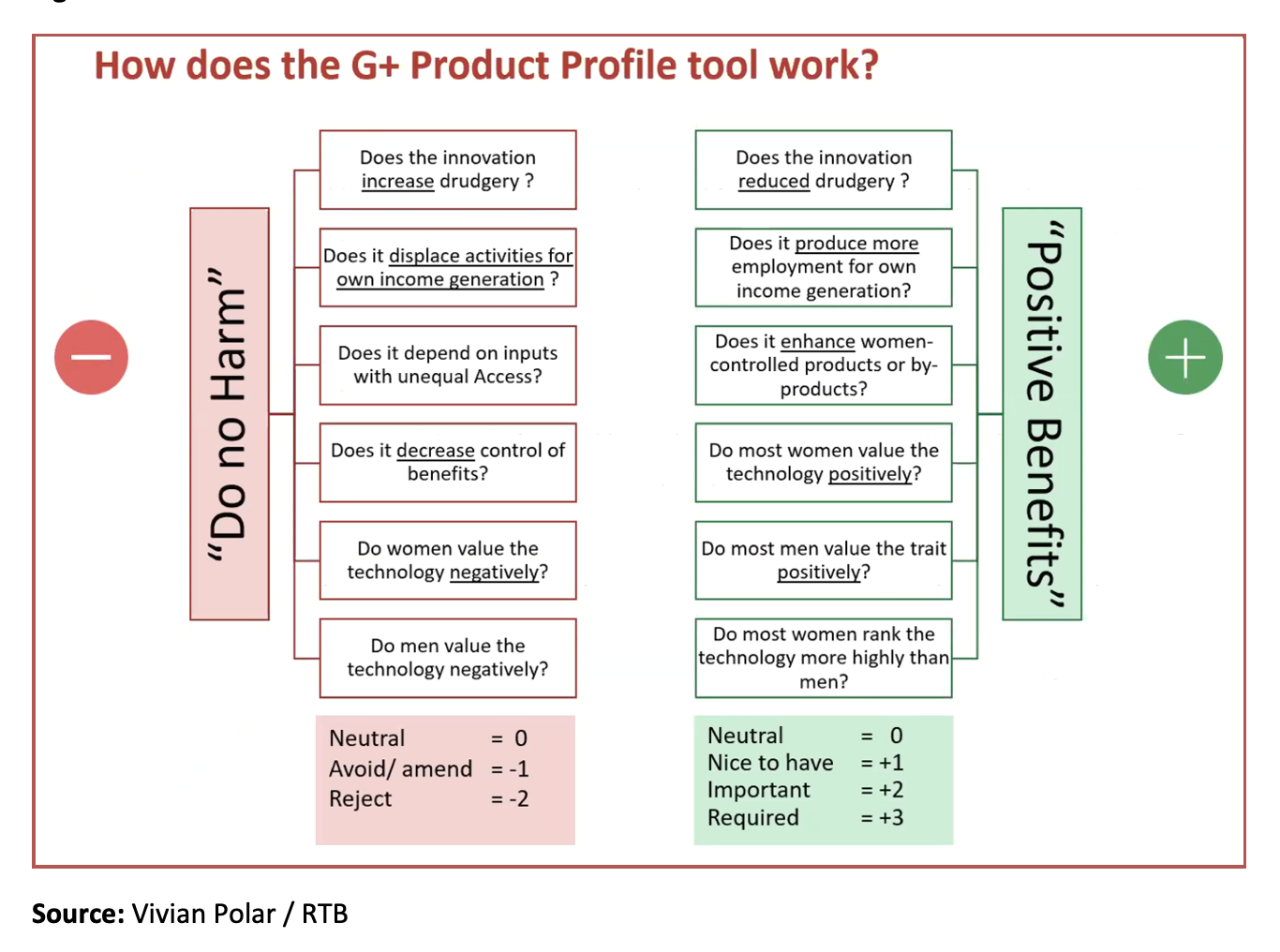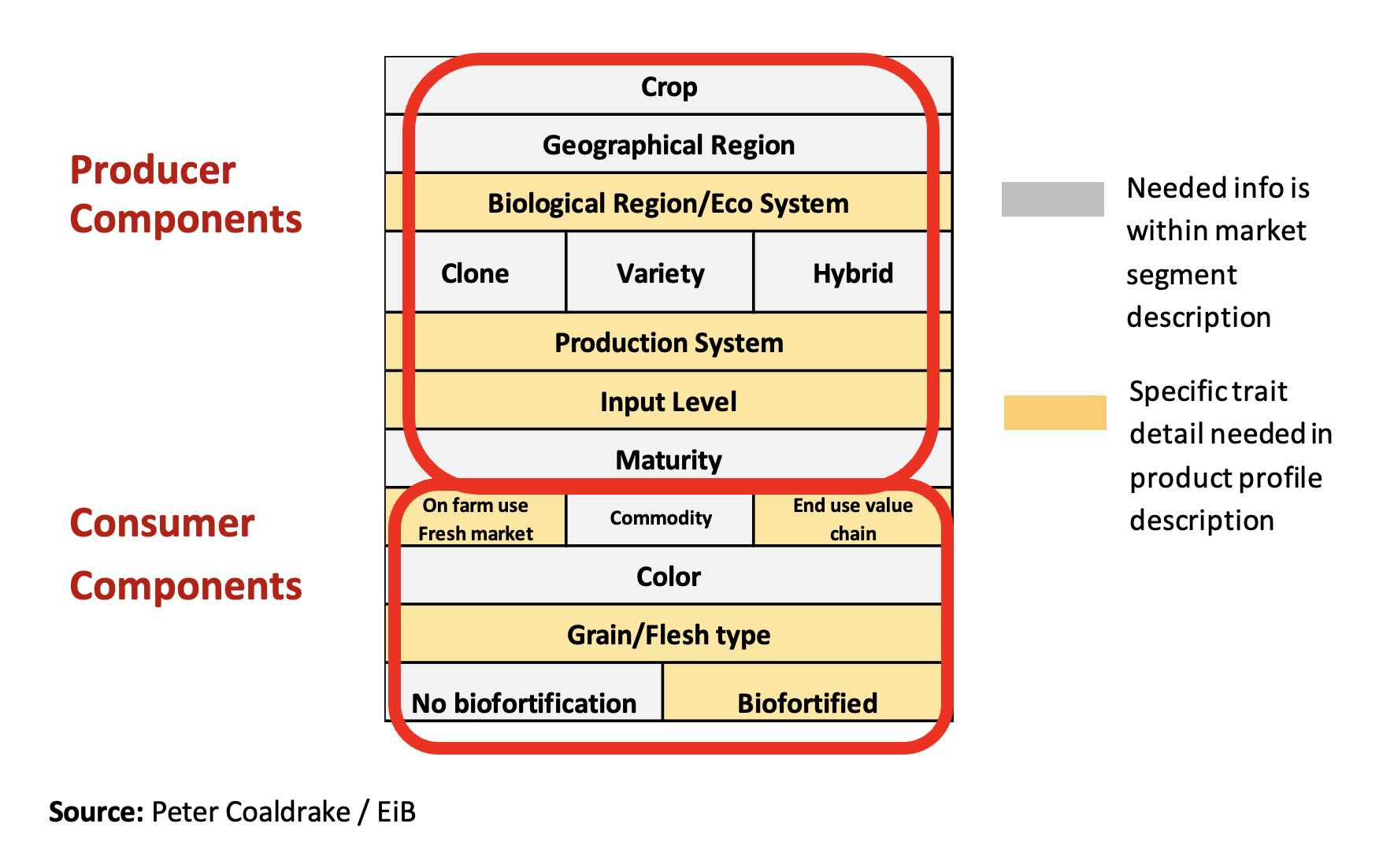Breeders, economists, gender specialists, and food technologists are gathering together to advance new approaches to breeding crop varieties that people will want.
A two-day online “hackathon” jointly organized by the CGIAR Research Program on Roots, Tubers and Bananas (RTB) and the Excellence in Breeding Platform focused on key improvements to the impact of breeding programs. As these clonally-propagated crops are a foundation of food security in tropical areas, better breeding of improved varieties has the potential to lift millions of people out of poverty and contribute to improved well-being.
“The main aim of the hackathon was to work on two key tasks,” said Michael Friedmann, science officer at RTB. “How can we identify market segments for varieties of clonal crops? And how can we improve the corresponding product profiles that guide breeders to the sorts of improved varieties markets and producers want?”
To that end, the meeting brought together 42 people from 10 organizations and programs, a mix of breeders, economists, gender specialists, and food technologists. As well as sharing their experiences, participants also shared strategies for defining market segments and their associated product profiles. The first order of business in the online meeting was to hear the CGIAR Excellence in Breeding Platform approach for designing market segments and product profiles. A second presentation explained how the G+ tools developed by the RTB-led Gender and Breeding Initiative can be used to ensure that gender concerns are incorporated in product profiles.

Group photo of some of the participants. Photo credit Sam Storr/EiB
Market segments and product profiles
The description of a market segment consists of two parts. The producer components relate to the production of the crop — where it is grown, what kind of production system and input levels it requires and so on. The consumer components relate to such things as how much is used on the farm or enters a value chain, the taste of the product, and its nutritional profile. Equally important is the size of the market and the impact that a new variety might have on different groups. The producer and consumer requirements translate into traits that must be present in the new variety to meet the needs of the identified market segment.
In building a product profile, it’s important to consider gender as men and women may value traits differently. The G+ tools are designed to enable breeding teams to elucidate these differences, ensuring that at the very least desirable traits do no harm to women. Indeed, ideally, a new product will have positive benefits for women, for example by reducing drudgery or enhancing their potential to control value-added products and gain employment and income.

Breeding programs dissected
The hackathon focused on four breeding programs: cassava in West Africa and in Southeast Asia, sweetpotato in East Africa, and yam in West Africa. To begin with, for each case the breeders presented their analysis of the main market segments and a product profile tailored to one specific market segment. Thereafter, participants split into four groups, keeping a mix of disciplines and crops. Each group assessed the market segments and product profiles, using standardized checklists and procedures to guide their deliberations and to make it easier to draw broader generalizations.
Examples from the checklists include:
- Do the quantity traits in the product profile correspond to the production component in the market segment?
- Does the market segment description capture the size and relevance of the market including impacts on poverty, food security, and/or social inclusion?
- Is there a well-described and standardized process to gather and use the information to define the consumer component of the market segment?
Each of the case studies identified different aspects of both market segmentation and product profile development that were good and others that could be improved, and these are detailed in the full meeting report. There were also consistent patterns across all four case studies.

Consistent patterns
“Overall,” Peter Coaldrake from the Excellence in Breeding Platform explained, “there was a lack of available demographic and economic information, disaggregated by gender, to identify the size, importance, and potential impact of market segments. Breeders need assistance from economists and other social scientists to generate such information in order to develop and define relevant and effective market segments. Consequently, this negatively impacted the ability of breeding programs to identify well-defined market segments, even when there was a clear process to do so.”
For example, crops like cassava that are consumed in many different forms need to consider how the crop will be used, but data about the size of these usage segments and their economic importance may be scarce. Furthermore, market segments are often defined in terms of agroecological zones, but without more agroecological and climatic data these segments are probably too broad. They would include different production systems that might well have different requirements of an improved variety.
Whilst gender-disaggregated survey data was available to the case studies, there wasn’t sufficient information to reveal significant differences in the preferences for major traits. However, they did provide insight into the roles played by men and women in production, processing and consumption across different regions. Better integration of the G+ tools could therefore support breeders to identify more targeted market segments and address potential concerns, such as the drudgery involved in crop production and processing.
Integration and trade-offs
Greater integration of inter-disciplinary teams will be fundamental to more effective breeding programs.
“The hackathon showed that the work we’ve been doing is beginning to improve the breeding processes for our crops,” said Hannele Lindqvist-Kreuze, Leader – Genetics, Genomics and Crop Improvement Division at the International Potato Center “It also showed where we need to continue to strengthen the ways we define market segments and especially to enhance the relevance and effectiveness of the G+ tools.”
While better-defined market segments are needed, there is a trade-off between more focused market segments, which will necessarily be smaller, and the total number of segments a breeding program can tackle while still creating impact at scale. Contributions from economists and social scientists will be needed to create useful definitions of specific market segments.
Participants highly valued the Hackathon and provided ideas on topics to be addressed on a second round of the event to be organized with other RTB breeding programs later in the year.
Originally published on RTB. This article reflects the information and views of the authors and quoted speakers only. EiB and partners are supported by CGIAR Trust Fund Contributors and the Crops to End Hunger initiative, via the Bill and Melinda Gates Foundation, GIZ, BMZ, USAID, UK Aid, ACIAR and other partners.